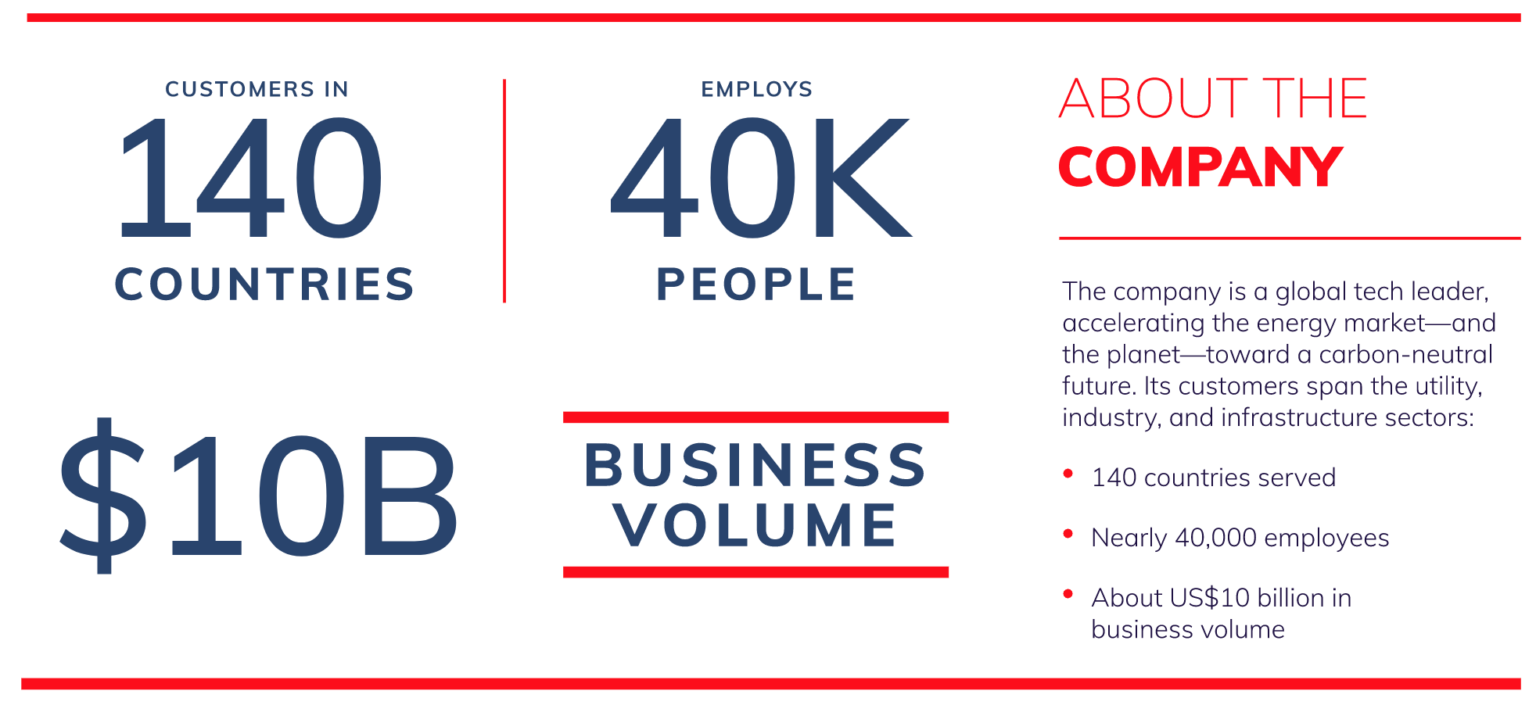Global energy company seeks future-proof SD-WAN connectivity. It tests Cisco SDCI with Megaport Virtual Edge (MVE)—then rolls it out across three continents. This pairing simplifies network routing, strengthens security, and increases cost-efficiency.
Snapshot
A global energy company deployed Cisco SDCI with MVE to modernize and standardize its network across multiple regions. Outcomes of this private, multicloud connectivity:
- Improved network performance, resiliency, and cost-efficiency.
- Strengthened security.
After successful test run, installed Cisco SDCI and two MVEs in each region to create a dual underlay WAN:
- Primary connection ensures private connectivity.
- Secondary connections through VPNs for redundancy.

Key actions
- Install Cisco SD-WAN Cloud Interconnect (SDCI) with Megaport Virtual Edge (MVE).
- Set up dual underlays—a primary one with two MVEs per region and a secondary one through virtual private networks (VPNs) over the public internet.
- Optimize SD-WAN connectivity and strengthen security.
- Create private branch-to-cloud connectivity to multiple clouds and a cost-efficient, fully redundant global private network.
The challenge: Supercharging SD-WAN to support energy innovation and access
The client is a global technology and market trailblazer. Its pioneering methods increase electricity access and support a stronger, greener global energy system.
The company wanted to supercharge its SD-WAN connectivity. It tried a proof of concept for a relatively new pairing: Cisco SDCI with Megaport Virtual Edge (MVE). The trial’s success led the company to deploy Cisco SD-WAN across its vast enterprise network.
The Solution
A global, private network built for resiliency and to support remote users
The company deployed two MVEs in each region to aggregate traffic from remote users. That traffic was removed from the public internet, ending unpredictable latency. The MVEs enable branch-to-cloud connectivity from Cisco vManage.
Most cloud deployments connect to Microsoft Azure, but the company can connect to other clouds as needed.
The company gains full redundancy with the dual underlays. They seamlessly use private connectivity and VPN tunnels over the internet.
The Benefits
Improved network performance
The new network architecture provides a global, private WAN for high availability and resiliency and simplifies routing.
- Private connectivity through regional MVEs improves network performance and security.
- Traffic in private lines has lower latency, lower jitter, and less packet loss than traffic through the public internet.
- Local routing hubs use regional network architecture to shorten the distance between traffic endpoints.
Cost-effective networking
The updated network is financially prudent. Because of the redundant underlay, the company doesn’t need additional MPLS circuits.
Agile connectivity
IT teams can connect to multiple clouds from the Cisco vManage console. Regional centers can join alliance partners quickly, as needed.
The Cisco SDCI with MVE pairing means no additional infrastructure or routers are needed.
“The Cisco-Megaport pairing resulted in a fully resilient network, as expected.”
Lead architect
Future Plans
A future-proof network
After a successful proof of concept, the company deployed the Cisco SDCI with MVE pairing across North America, Asia-Pacific, and Europe.
Results are robust: a private, fully resilient global network. This future-proof foundation accelerates the company’s technological innovations toward a carbon-neutral future.
